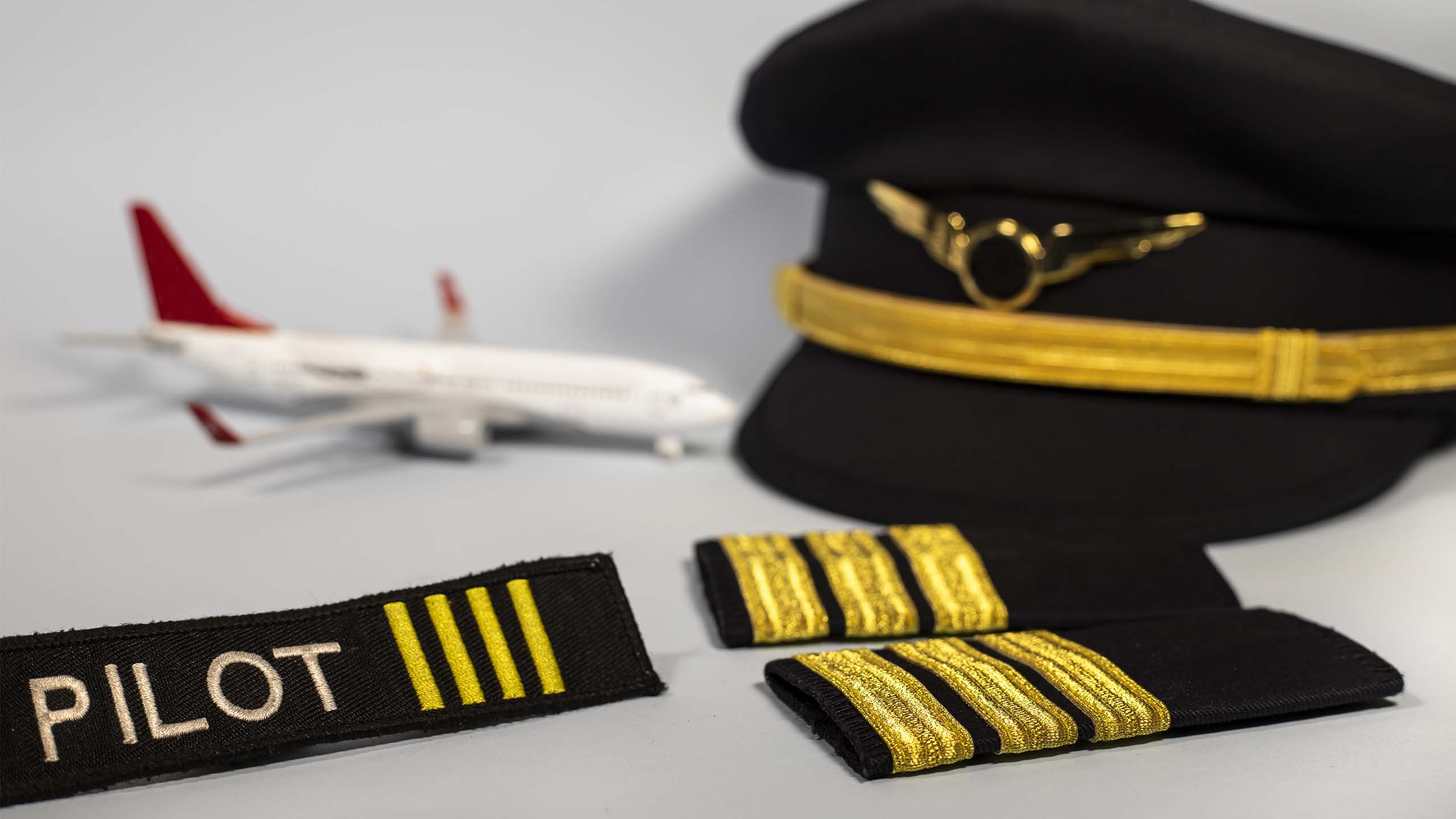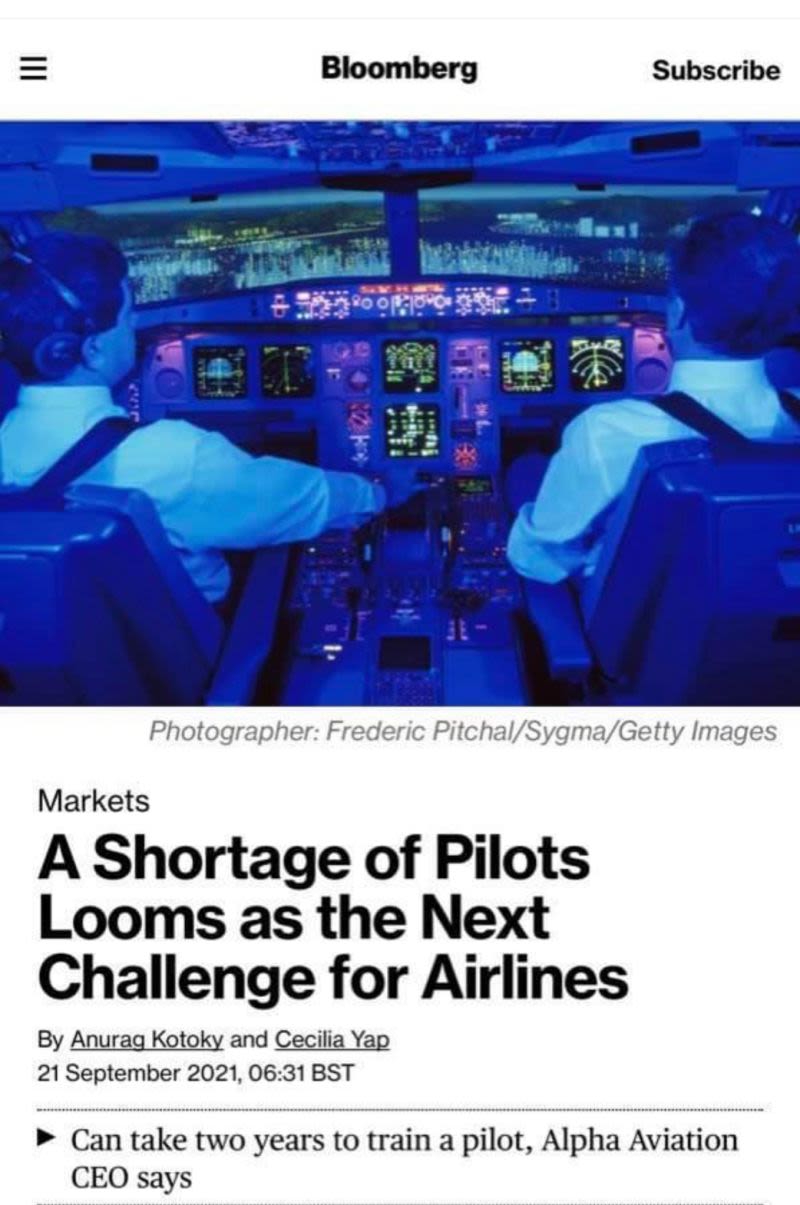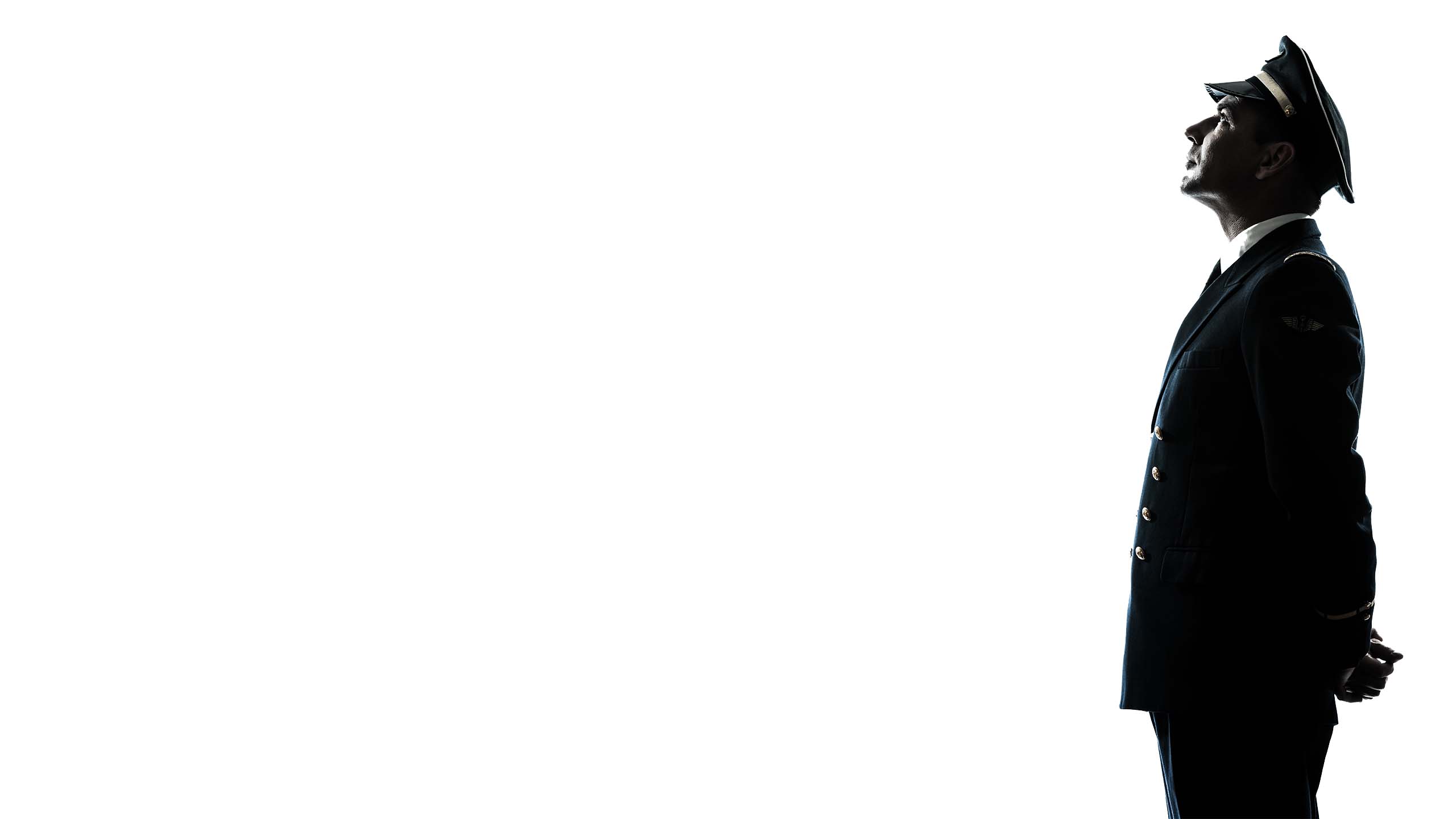Post-pandemic pilot market
Living the dream?

“BM8LT Cleared for Landing rwy 15 !” On 22 February 2020 it was the last time that I heard this sentence.
My Name is Marco and I was a First Officer flying on Boeing 737. I lost my job because of the COVID crisis. Today, I not only struggle to find a job in the aviation industry, but it seems that having a pilot licence makes me unsuitable for other jobs as well.
Already before the pandemic, finding a job as a pilot was a challenge where you had to be ready to invest and gamble your savings into a type rating or a Pay-to-fly scheme . Today, even this is not going to help you into a job. I have been looking for a job as a First Officer for months now. But so far, I’m only dreaming about my last flight.
The goal is to restart my career in aviation but as many of my fellow unemployed pilots know – it is not so easy: too few job openings, too high job requirements and too many unemployed colleagues competing for the few positions that pop up.
The aviation market has slowed down so much that over 50% of the pilots haven’t been flying at times. Old and new companies failed or simply left a lot of pilots without a job.
Almost two years into the pandemic the situation on the European pilot job market is dramatic! Almost every day there is an article about “the pilot shortage” in the US and how US airlines are ramping up operations and recruiting new pilots.



None of this is the case for Europe.
There is a lot of talk and hope of a ramp up, a recovery, airlines emerging from the crisis or new startups but the reality is that airlines are not recruiting pilots. Operations are still far below the 2019 levels and the prospects of the upcoming winter season are bleak.
With this uncertainty hanging in the air, hiring pilots is seen as a waste of money.

To illustrate the absurdity of the situation: The Alitalia successor ITA opened the application process for pilots. In a matter of days, they received 7500 applications for 2800 positions which are anyhow filled by the current Alitalia crew. Needless to say, CEOs see this oversupply as a cost-cutting opportunity. The ITA chairman Alfredo Altavilla is already plotting a "new innovative employment contract" and "new working conditions in line with market practices”. It is not difficult to imagine which market practices he has in mind.
Most job openings a pilot can find today are for the US or Asian market. But due to different legislation, nationality or language requirements, those jobs are also out of reach for the European pilot. And sometimes, you’d have to make a larger investment to get a job, than what you would earn.
Not long ago I found a job offer for an African airline. They asked me to pay my own Operational Proficiency Check in Amsterdam and a travel ticket to Africa from Amsterdam as soon as I completed the training. In exchange they offered a 3-month contract with a salary of 1000 US dollars per month for 85 flight hours. It is not surprising that I refused the offer. I would have to spend more than I would earn. A job in the US is also not a given – if you have a visa and 20.000 EUR for a licence conversion, you can potentially start competing with the local pilots for their jobs. Back to square one.

Back in Europe, the jobs have not only become scarce. They have also become impossible to fulfil the requirements. If in the past to have a type rating and experience was an asset, now the main goal is to have more things than the others such as multi – type rating with different experiences around the world on different airlines or a senior instructor (SFI TRI TRE) on jet airplanes.
Of course, it’s hard to look past the aggressive recruitment campaign by Ryanair and Wizz Air. Both airlines don’t mention you land in a pool and on a waiting list made only “in case of” a recovery of the market in near future.
The only program working now is the Cadet one. It looks like a training program, with Ryanair offering a type rating and a line training experience (+/- 200hrs) on a jet airplane. Of course, after completion, you are back to the pool but you have paid already thousands of euros.
Like hundreds and thousands of my colleagues, I am wondering what to do next.
While I am waiting for the right seat in the cockpit, I decided to apply for a job like shop assistant or cashier in a supermarket, thinking it was easier to find a job outside aviation. But after sending hundreds of applications to everyone – starting with Ikea and Lidl – and finishing with the smallest market near my house in Italy, I received only negative answers saying “my level of experience is not matching the requirements”. So much for the promise of transferable skills that aviation and flying teaches us.
This is very sad and hard to accept that I can be trusted to deal with the lives of thousands of passengers but not with a cash desk.
I know that I am not alone in this. Thousands of pilots are in the same situation and we are still waiting for help and hope.
When someone does get lucky and lands one of the few jobs on the entire continent, it usually results in a LinkedIn post with 20.000 shares and likes. Because this is what we are looking for – hope and good news.
Unfortunately, travel and the aviation industry have been scapegoated during the pandemic.
Aviation workers have been forgotten and left to sort out things for themselves – keeping current, looking for a job, making ends meet without support.
The pandemic uncertainty is dragging on for a long time and will continue to drag on for a while. It might be months still until many of us see job ads to apply for, and many more months until we get back in our dreamed office! I hope there would be much more focus on the aviation transport and the lessons learned from the COVID crisis!

